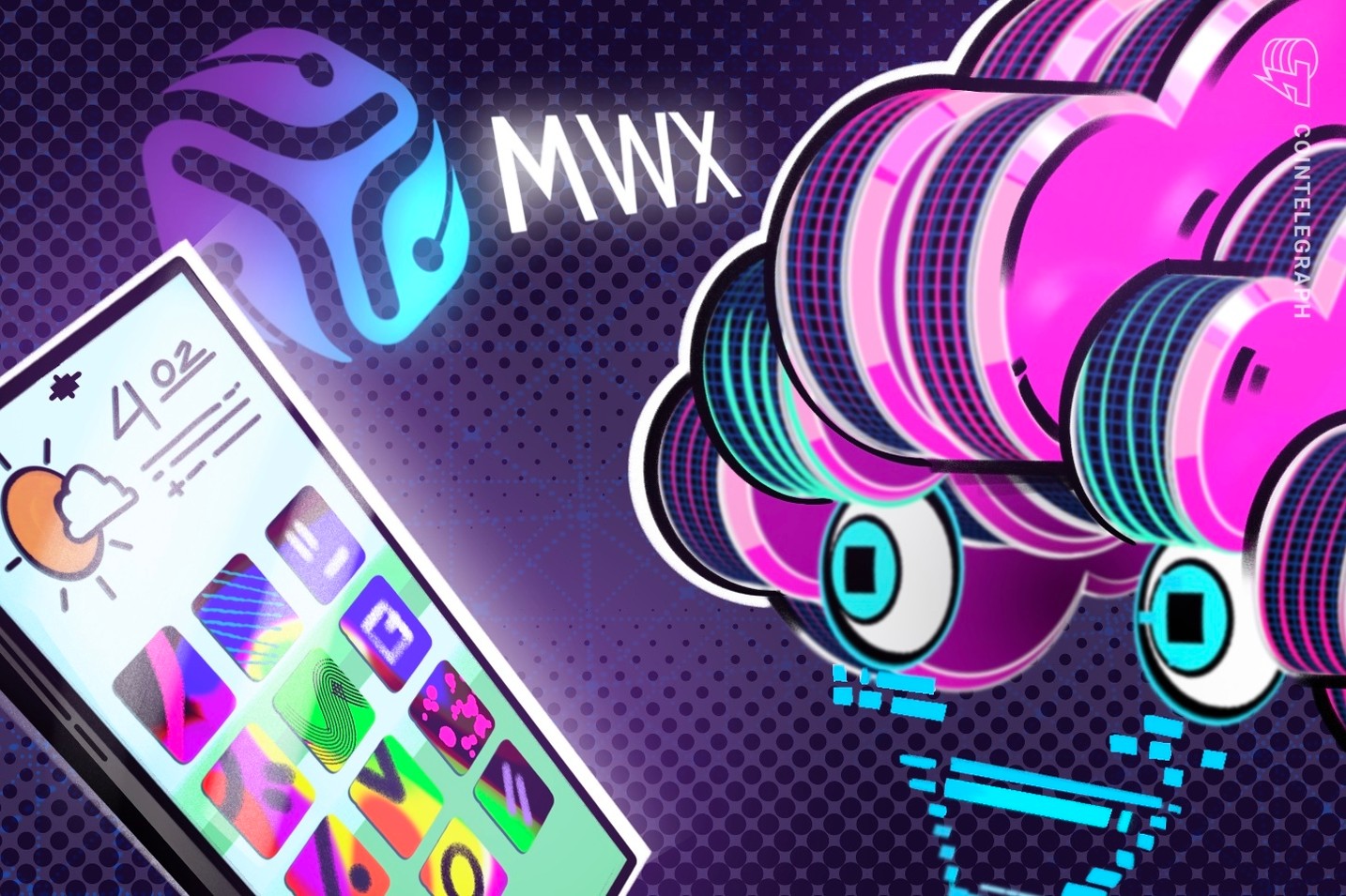Sponsored Content
Artificial intelligence has moved from novelty to necessity for companies of every size. In 2024, the share of organizations that reported using AI jumped to 78% from 55% a year earlier. Data clearly shows that the pilot days of AI are over, and the technology is driving real workflows.
Capital has followed that shift. CB Insights reports that in the first half of 2025, AI funding already surpassed the total for all of 2024, which shows firm conviction for practical adoption.
Yet the businesses that form the backbone of every economy face a different reality. Small and medium-sized enterprises (SMEs) represent around 90% of all firms and more than half of global employment, but they struggle with budgets, skills and time to implement AI. Many still cannot access enterprise-grade tools or the talent to run them.
Market signals point to sustained demand. The global AI market is estimated at about $391 billion in 2025, with a projection of $3.5 trillion by 2033, which confirms that businesses will keep seeking practical automation that pays for itself.
Decentralized AI app store built for real businesses
MWX presents a straightforward promise to this audience: a decentralized AI marketplace where SMEs can pick, pay and use AI with the same ease they expect from consumer apps. The marketplace lists 20-plus ready-to-use agents for marketing, reporting and finance, and it supports payments in fiat, stablecoins or the MWX platform’s native token, $MWXT.
MWX originates from MediaWave’s 15-plus years of applied AI and brings those tools to a global storefront geared to non-technical teams. MWX says its infrastructure receives support from hyperscale providers, including Google Cloud and AWS, which strengthens enterprise-grade reliability and co-marketing reach.
Why SMEs choose marketplace AI: cost, speed and trust
SMEs often juggle fragmented software, manual workflows and limited IT capacity. A curated marketplace answers those constraints through plug-and-play agents, unified billing and predictable costs. MWX packages that into a self-serve experience with no-code setup and clear pricing, which helps teams move from experiment to value within days.
Trust also matters. The MWXT smart contract has a completed audit on CertiK Skynet, which signals a baseline for token security as the ecosystem onboards new users.
Early traction in Southeast Asia
The first large-scale onboarding push comes through Indonesia. MWX signed with SMESCO, an entity under the Ministry of Cooperatives and SMEs, to onboard 100,000 SMEs, a program designed to accelerate digitization across urban and rural districts. The model aims to replicate across South Asia, then other regions.
Community momentum is building around that rollout. Public metrics on CertiK Skynet show MWX’s social channels growing into the tens of thousands, which indicates early interest from both crypto participants and small business operators.
How the marketplace works
The MWXT token powers marketplace activity. Every AI checkout can route through MWXT, whether a user pays directly in tokens or the system converts fiat under the hood. The model ties token demand to real usage, which aligns incentives for SMEs, developers and the platform.
MWX is built to be bear-resistant; its tokenomics are designed to sustain growth and community confidence even during market downturns. The ecosystem balances real-world utility with deflationary pressure through a combination of token burn, buy-back and staking programs, ensuring that token demand is supported by platform activity rather than speculation alone. This approach helps maintain liquidity, stabilize value and give both SMEs and long-term holders confidence through market cycles.
Token economics introduce scarcity over time. MWX outlines two onchain levers: 20% of marketplace commissions are burned automatically, and 15% of quarterly profits fund a buy-back-and-burn program. Staking adds utility for users and partners, with flexible options and fixed lock periods for boosted rewards.
To support broader access and liquidity, MWX plans a token generation event on Aerodrome, the native decentralized exchange (DEX) of the Base ecosystem, bringing the marketplace’s utility token to one of the most active Ethereum Virtual Machine (EVM) layer-2 venues for decentralized applications (DApps).
What it offers for AI builders
MWX addresses two sides of the market. SMEs get a storefront of vetted agents they can deploy fast. AI developers get distribution, onchain revenue share and staking-based incentives that reward quality and usage. That two-sided design encourages a steady flow of vertical agents — from local marketing assistants to finance and compliance tools — that fit the daily jobs of small companies.
🚀 @mwx_ai Infograph 🔍
— TrustFi (@trustfiorg) October 25, 2025
MWX is building the world’s first AI App Store for 400M+ SMEs, enabling businesses to discover, deploy, and monetize AI tools seamlessly.⚙️
💡 Key Highlights:
1. Beta Launch: 4 AI apps already live.
2. Endorsed by the Indonesia Ministry of SMEs — aiming… pic.twitter.com/ONQkgejpif
Macro data suggests tailwinds. Companies continue to adopt AI across functions, while venture dollars keep gravitating to real-world applications. For SMEs, that momentum only helps when tools arrive in a form they can use on day one.
Looking ahead
MWX frames its mission around making enterprise-grade AI accessible to the world’s 400 million SMEs, and doing it with financial transparency baked in. The team plans regional expansion in Southeast Asia, then Latin America and Europe, with ecosystem programs for onboarding and education. As market awareness grows and the marketplace ships more agents, practical automation can reach owners who need time back and a clearer line from spend to ROI.
Find out more about MWX
Disclaimer. Cointelegraph does not endorse any content or product on this page. While we aim at providing you with all important information that we could obtain in this sponsored article, readers should do their own research before taking any actions related to the company and carry full responsibility for their decisions, nor can this article be considered as investment advice.
